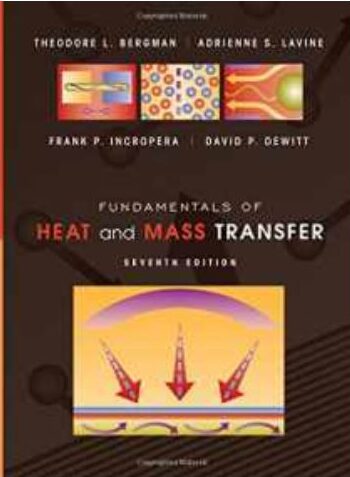A spherical interplanetary probe of 0.5m diameter contains electronics that dissipate 150 W. If the probe surface has an emissivity of 0.8 and it does not receive radiation from other surfaces, such as the sun, what is its surface temperature of the probe?
A spherical interplanetary probe of 0.5-m diameter contains electronics that dissipate 150 W. If the probe surface has an emissivity of 0.8 and it does not receive radiation from other surfaces, such as the sun, what is the surface temperature of the probe?


